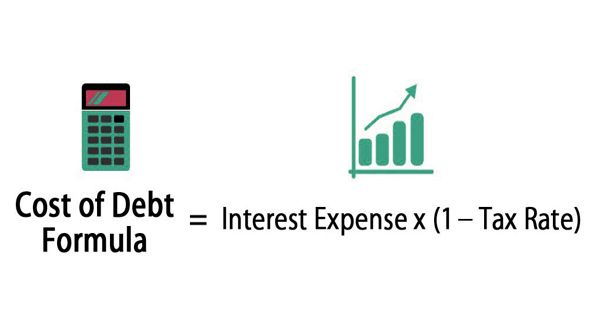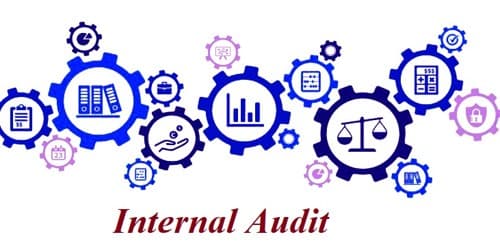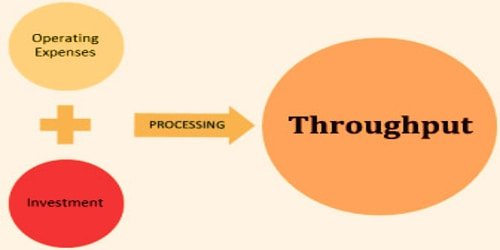Concept of Cost of Debt
The cost of debt is the effective interest rate a company pays on its debts. It is the return that a company provides to its debt holders and creditors. The cost of obtaining and using interest paying liabilities is known as the cost of debt. It often refers to the before-tax cost of debt, which is the company’s cost of debt before taking taxes into account. Generally, companies borrow debt through the issuance of debenture and bonds. The cost of debt is the rate a company pays on its debt, such as bonds and loans. Thus, the cost of debt is the cost associated with the interest payment and other costs of issuing the debenture and bonds. It is an important financial concept for valuations, merger activity, acquisitions activity, and any event that requires the raising of debt.
The cost of debt is one part of a company’s capital structure, with the other being the cost of equity. It is important to note that the cost of debt is computed on an after-tax basis because interest is a tax-deductible expense. However, the interest expense being deductible, the after-tax cost is considered very often. In other words, the company can deduct the interest from income while calculating tax. Moreover, the cost of debt is one part of the capital structure of the company and also includes the cost of equity. Payment of interest saves tax which is called tax shield or tax benefit. It is a cost that is used by a vast array of financial professionals to determine the optimal capital structure for a company, as well as the most efficient ways to fund and conduct certain aspects of a company’s operations. To calculate the cost of debt on an amortizing loan, you’ll need to add up the interest expenses associated with each payment.
Calculating the cost of debt involves finding the average interest paid on all of a company’s debts. The amount of such tax is equal to the interest X tax rate. Thus the net cost of debt is computed on the basis of interest X (1- tax rate). The effective tax rate is the weighted average interest rate of a company’s debt. This rule does not apply in the case of ordinary and preference shares. The key difference between the cost of debt and the after-tax cost of debt is the fact that interest expense is tax-deductible.
















